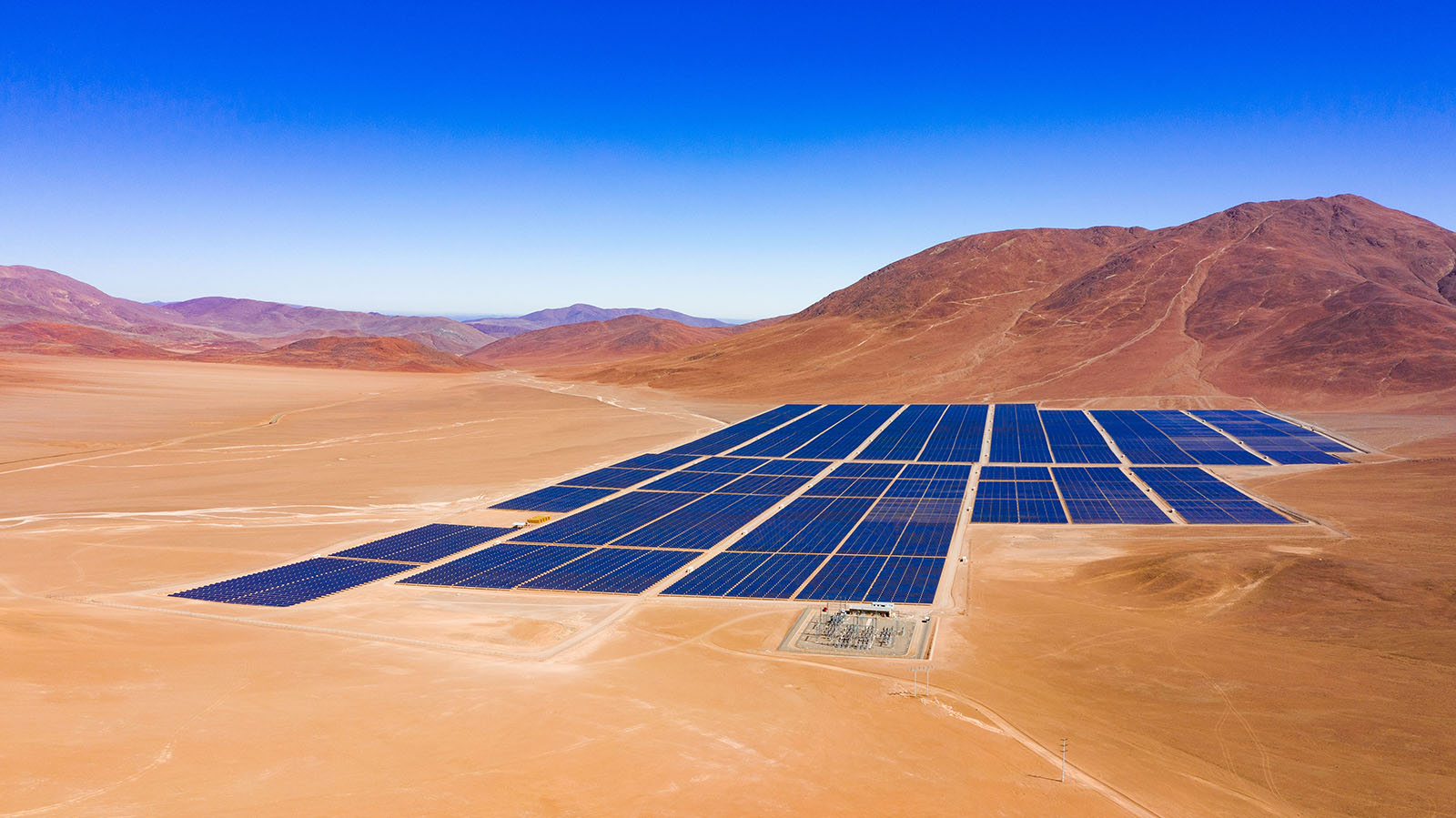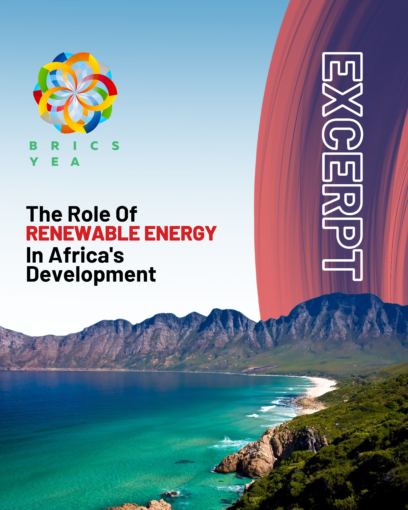
16 June 2023
The Role of Renewable Energy in Africa’s Development
As Africa embraces modern technologies ranging from High-speed rail to Sustainable Aviation Fuel (SAF), renewable energy shall empower the continent through affordable operating costs and widespread availability, through wide-ranging investments by developed nations as well as home-grown research in stable countries.
Current infrastructure as well as planned projects must thus incorporate elements of renewable energy production wherever possible, for example, Hydroelectric power plants can be constructed with dams and solar farms within University campuses.
This year, the Emirati renewable energy company ‘Masdar’ or the Abu Dhabi Future Company has committed to developing 5 GW of installed solar power capacity in African countries like Angola and Zambia under the umbrella of its ‘Etihad 7’ initiative. Additionally, it is making investments in Egypt’s green hydrogen industry. Africa had a tenfold increase in average annual investments in renewable energy, particularly solar power, from less than USD 0.5 billion in the decade of 2000-2009 to USD 5 billion between 2010 and 2020.
Africa is among the world’s most suitable places to produce solar energy due to the high solar irradiation. Sub-saharan nations are among the poorest on the planet but possess vast potential for solar energy generation with the help of Photovoltaic cells in ‘Solar Farms’. Developing adequate energy production and storage infrastructure can thus power everything from airports to office buildings. This shall not only reduce reliance on national grids but also foster self-sustainability. Electricity grid instability is a major problem even in major African economies like South Africa and Nigeria, alongside decaying energy infrastructure like inefficient power plants and ill-maintained modes of transmission. Thus, the adoption of solar energy on a household scale shall surely boost internal energy security.
A recent United Nations Conference on Trade and Development (UNCTAD) report estimates that Africa could produce about 50 million tons of low-carbon biogas from organic residues, waste, and manure. This could also help reduce the burden on waste landfill sites by improving sanitation and thus hygiene. Allied industries like the production of sustainable fuels can thus be given an impetus. Ethiopian Airlines, for example, has already worked with Airbus A350s powered by a 30% blend SAF.
Geothermal energy has been known to mankind since prehistoric times, and east Africa is home to some of the earliest known traces of mankind. As if on cue, Geothermal Energy cooperation between Japan and Kenya can also be extrapolated to other nations along the East African Rift System. Kenya is now the 7th largest producer of Geothermal energy globally, producing about 800 MW annually as of November 2022. The Geothermal energy potential in countries like Ethiopia and Kenya is estimated to be about 10,000 MW per year.
Thus, such constant sources of energy can be used to power energy-intensive heavy industries involved in processes like manufacturing and construction resulting in job creation, and boosting the economy. This can not only help fulfil national energy needs but also make them net exporters of energy in the long run, leading to increased foreign capital inflow, further spurring growth and development alongside fostering regional cooperation in the horn of Africa and beyond!
Thus the aims and objectives of the United Nations’ 7th Sustainable Development Goal must be taken seriously. Transfer of technology is another effective way to bring about energy transition whilst also demonstrating the cooperation between developed and developing nations. Technology and patents pertaining to recent innovations to optimise the extraction and storage of renewable energy through solar, wind and hydroelectric power can thus be provided to nations with maximum energy potential via bilateral or multilateral agreements. Third generation PV cells, for example, are more efficient, yet not very widespread to this day due to the ongoing R&D efforts and high cost of manufacturing.
It remains to be seen how African policymakers ensure the peace and stability necessary to foster progress in the direction of sustainable, inclusive, and all-round growth. The upskilling of the domestic workforce and providing quality education to the youth of the continent is also crucial. In recent years, nations like Ghana and South Africa have made great strides toward improving the quality of education and launching programs enabling free or subsidised education for children.
Landmark legislation like South Africa’s Skills Development Act of 1998 needs to be emulated by all nations across the continent and addressing the gender gap in education needs to be prioritised. Moreover, leaders need to address the shortage of qualified teaching staff in their countries. Thus, countries like India and France can also play a part by not only assisting ongoing R&D efforts in Africa and aiding the improvement of the quality of education, but also developing sustainable energy generation, storage and distribution infrastructure in Africa through multilateral forums such as the International Solar Alliance (ISA); initiatives like targeted subsidies, micro-loans and equipment distribution that help individual households and small enterprises adopt solar energy can be aided by not only the technical expertise which is needed to mass-produce and optimise equipment production, but also via the extension of lines of credit and by institutional collaborations alongside the provision of scholarships for the talented youth of the continent. Thus, it is safe to say, harnessing Africa’s great potential for the production of renewable energy can lead to all-round progress and multi-faceted development of the continent.
Author: Anish Kale, The Geostrata
Share news


